Frequency range: 26.5- 28MHz SWR: ≤1.2:1 Max. power: 35W continuous 250W Short time Bandwidth at S.W.R. 2:1: 1900KHz Impedance: 50ohm Whip length: 1200mm Adjustment: 0~90° Cable Length: RG58/157" Po...
See DetailsHome / Customized Product / Industry news / The Ultimate CB Antenna Guide: Unleash the Potential of Your Citizens Band Radio
The Ultimate CB Antenna Guide: Unleash the Potential of Your Citizens Band Radio
Introduction: CB (Citizens Band) radio (27 MHz, AM/SSB) is a popular tool for amateur communication, road condition reports, and emergency contacts. The antenna is the most critical component of a CB system – it directly affects communication range, clarity, and overall performance.
I. Core Principles of CB Antennas (Why Are They So Important?)
- Wavelength Law: The CB frequency (~27 MHz) corresponds to a wavelength of 11 meters. The ideal antenna length is 1/4 wavelength (~2.7m or 102") or 5/8 wavelength (~6.7m). Physical size directly impacts efficiency.
- Translator of Signals: The antenna efficiently radiates your radio signal into the air (transmitting) or captures weak signals from the air (receiving). A poor antenna cripples the performance of even the best radio.
- Key Metrics:
- Standing Wave Ratio (SWR): Measures impedance matching between the antenna and the radio/feedline. Target SWR < 2.0; SWR > 3.0 can damage your radio and yields poor performance! Must be measured and adjusted after installation.
- Gain (dBi/dBd): Indicates the antenna's ability to focus radiated energy. Higher gain means stronger signals in specific directions (but may sacrifice coverage in other directions).
- Bandwidth: The antenna's ability to maintain good SWR across all 40 CB channels.
- Polarization: CB communication universally uses vertically polarized antennas.
II. Main Types of CB Antennas & Applications
-
1. Mobile Antennas (Vehicle Use - Most Common):
- Quarter-Wave Whip Antenna (102"):
- Pros: Simple structure, extremely durable, wide bandwidth, easy to tune (trimming the tip), excellent performance (with a good ground plane).
- Cons: Very long (~2.6m / 102"), prone to hitting low obstacles.
- Best For: Trucks, SUV roofs, or rear installations (requires good ground plane).
- Loaded Antennas (Length Solutions):
- Principle: Use a coil (inductive load) or thickening (capacitive load) to make the physical antenna "electrically" reach the required length.
- Types:
- Top Load: Coil at the top (e.g., Firestik), radiating element mainly at the top. Less demanding on mounting location.
- Center Load: Coil in the middle (most common), balances length reduction and performance.
- Base Load: Coil at the bottom, radiating element above. Usually slightly less efficient than top/center load, but less reliant on vehicle body grounding.
- Pros: Significantly shorter length (common 3-5 ft / 0.9-1.5m), more aesthetically pleasing, less prone to snagging.
- Cons: Compared to the full-size 102", slightly narrower bandwidth, slightly lower efficiency (especially cheap models), more susceptible to environment (e.g., metal roof).
- No-Ground-Plane (NGP) Antennas:
- Principle: Feature built-in matching networks or unique designs specifically for vehicles lacking a good metal body ground plane (e.g., fiberglass-roof Jeeps, motorcycles, plastic-body vans).
- Pros: Solves tricky installation problems.
- Cons: Usually more expensive, adjustment can be more complex.
- Quarter-Wave Whip Antenna (102"):
-
2. Base Station Antennas (Fixed Installations):
- Ground Plane Antennas:
- Principle: Central radiator + several horizontal or downward-sloping ground radials (simulating a vehicle's metal body).
- Pros: Excellent performance (close to mobile 102" antenna), stable and reliable.
- Cons: Requires installation space (radials spread out), needs a sturdy mount (roof, tower).
- Full/Half-Wave Verticals (1/2 Wave or 5/8 Wave Vertical):
- Pros: Higher gain, longer communication range (especially 5/8 wave), slightly more directional (improves signal in specific directions).
- Cons: Larger and longer physically, more complex installation, higher cost, may require matching coils or additional tuning.
- Directional Antennas (e.g., Yagi):
- Pros: High gain, strong directionality, ideal for long-distance point-to-point communication (e.g., base station links).
- Cons: Requires precise aiming at the target, complex installation (needs a rotator), expensive.
- Ground Plane Antennas:
III. Key Factors in Choosing a CB Antenna
- Mounting Location (Crucial!):
- Vehicle: Roof center > Trunk lid/Tailgate > Bumper/Side Mirror > Roof rack. Higher and more centered is better! Keep away from metal obstructions.
- Base Station: As high as possible (roof > yard), away from large metal structures.
- Available Space/Length Limits: Garage height? Trees? Determines if you can use full-size or loaded antennas.
- Budget: Prices range from basic whips to high-performance base antennas. You usually get what you pay for.
- Performance Expectations: Daily short-range chat vs DX (long-distance)? Determines if high gain is needed.
- Vehicle Grounding: Is the metal body intact? Determines if a special antenna (like NGP) is required.
IV. Installation & Tuning - The Keys to Success
- Secure Mounting: Use high-quality mounts (magnetic, clamp, permanent). Ensure the antenna is stable at highway speeds. Safety first!
- Quality Feedline (Coax): Use low-loss 50-ohm coaxial cable (e.g., RG-8X, RG-58), keep length appropriate to avoid waste.
- Perfect Grounding (Vehicle): The antenna mount must have a large-area, low-resistance connection to the vehicle's metal body (sand off paint, use star washers).
- Measure & Tune SWR:
- Essential Tool: External SWR meter.
- Steps:
- Connect antenna, radio, and SWR meter in an open area (away from buildings/vehicles).
- Measure SWR on Channel 1 (low end) and Channel 40 (high end).
- Goal: SWR values on both channels should be close and below 2.0 (ideally below 1.5).
- Adjusting:
- Trimmable Types (e.g., 102"): Gradually trim the tip (trim little by little!).
- Loaded Antennas: Adjust the tuning nut at the top (raise = lowers SWR peak frequency; lower = raises SWR peak frequency).
- Repeat measurement and adjustment until you achieve the lowest and most balanced SWR possible on Ch1 and Ch40.
- Warning: Transmitting for long periods with high SWR (>3.0) can damage your radio!
V. Important Tips & Best Practices
- "The Ground Plane is Part of the Antenna": Especially for mobile antennas, the vehicle's metal body is an integral part of the antenna system.
- Length Matters: When space allows, a longer antenna is generally better than a shortened one.
- Invest in Quality: Reputable brands (e.g., Wilson, Sirio, Firestik, K40) usually offer better materials, design, and consistency.
- Regular Checks: Vibration and weather can loosen connections or damage antennas. Regularly check SWR and physical condition.
- Safety: Stay away from power lines during installation! Mind height restrictions while driving.

 English
English Español
Español
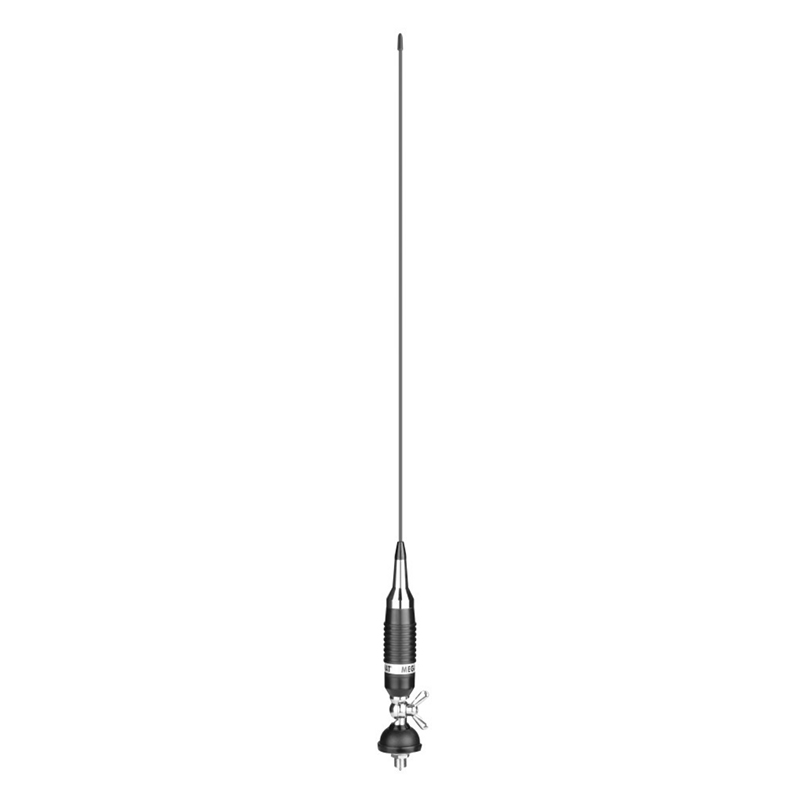
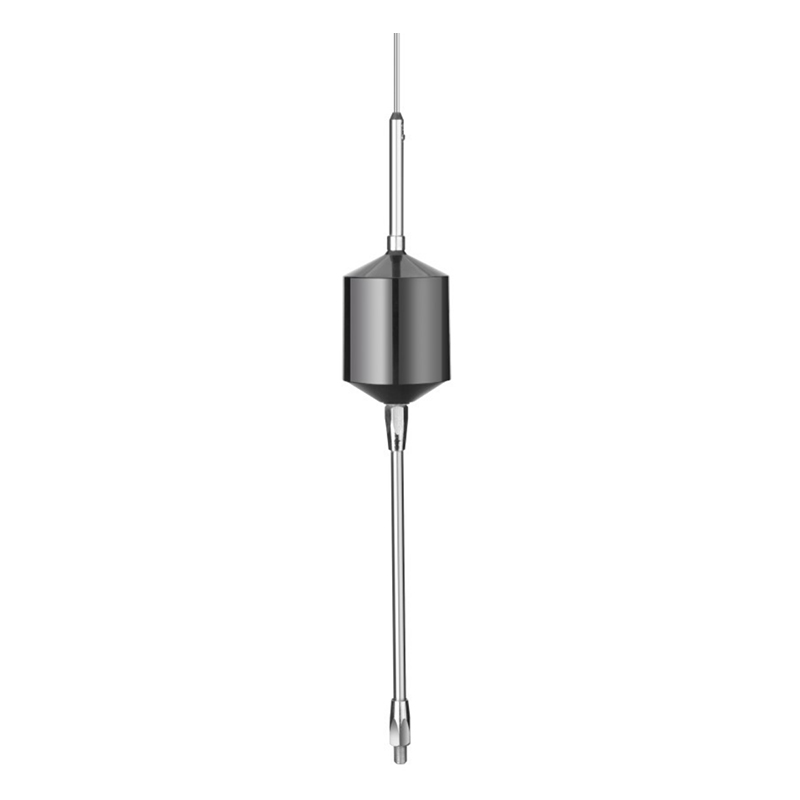
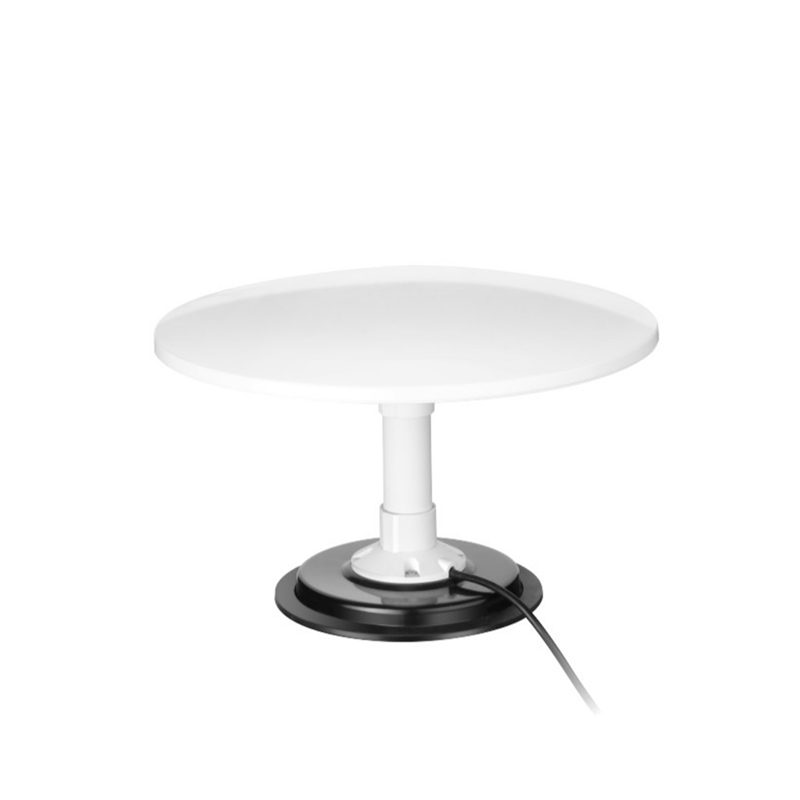
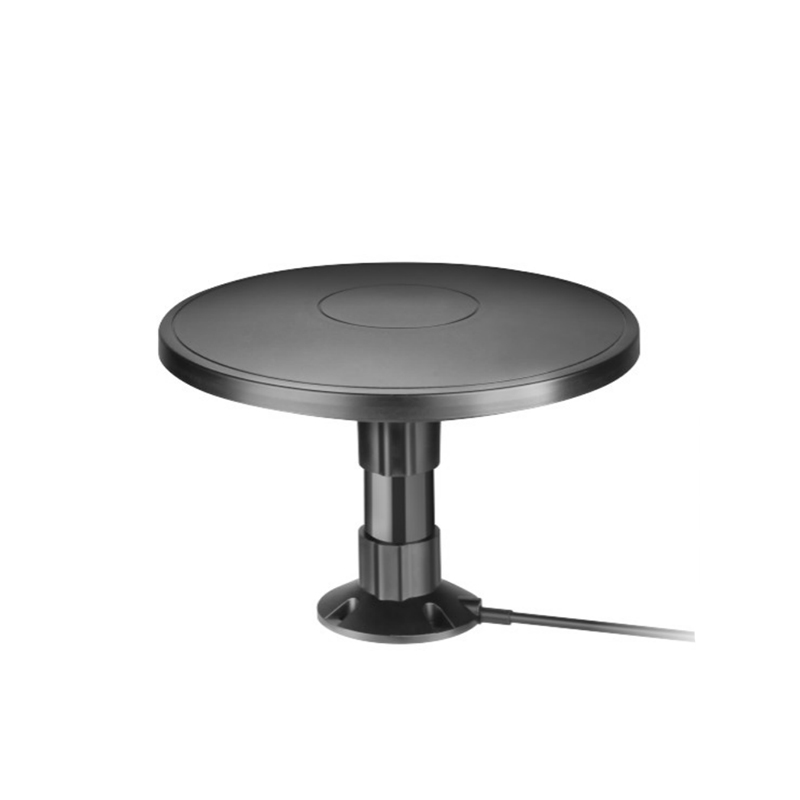
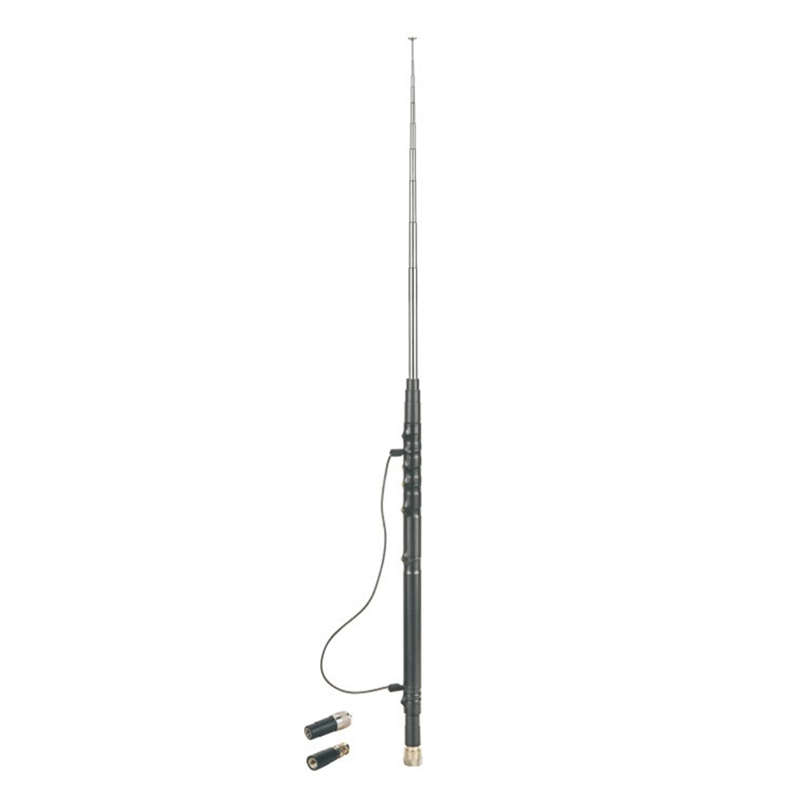
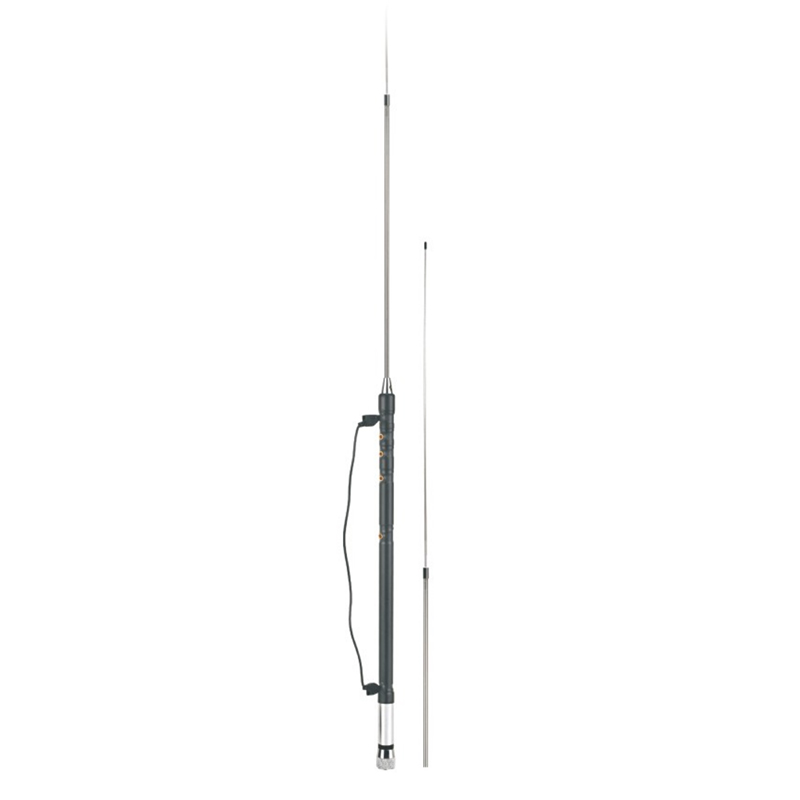
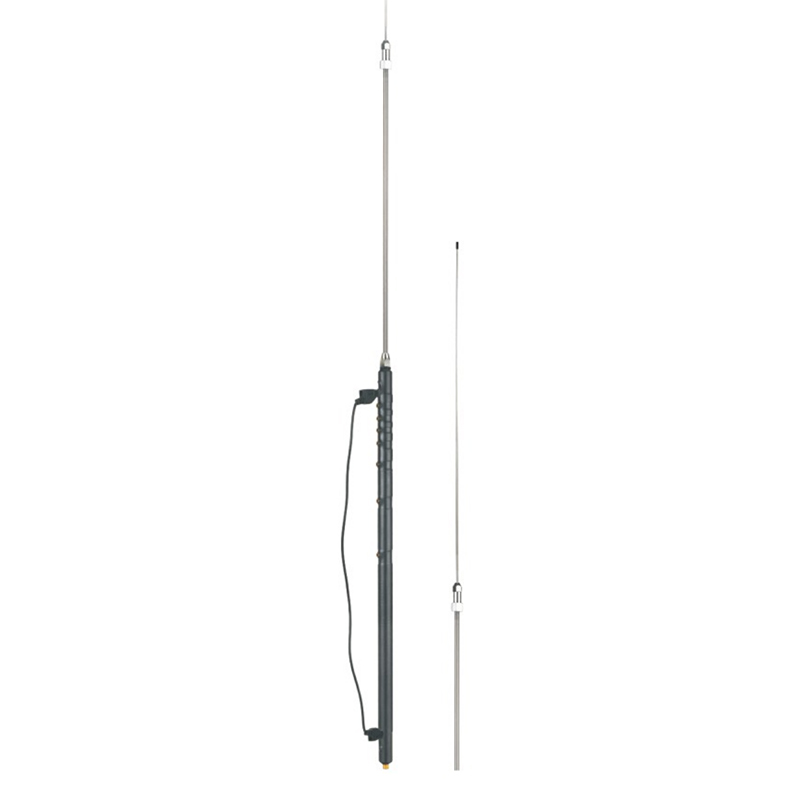
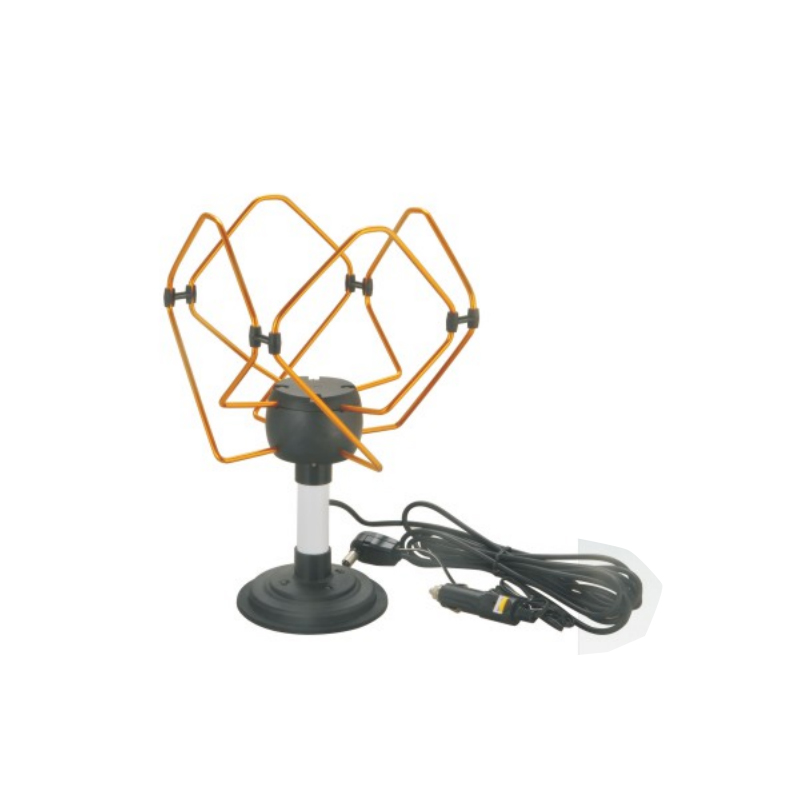

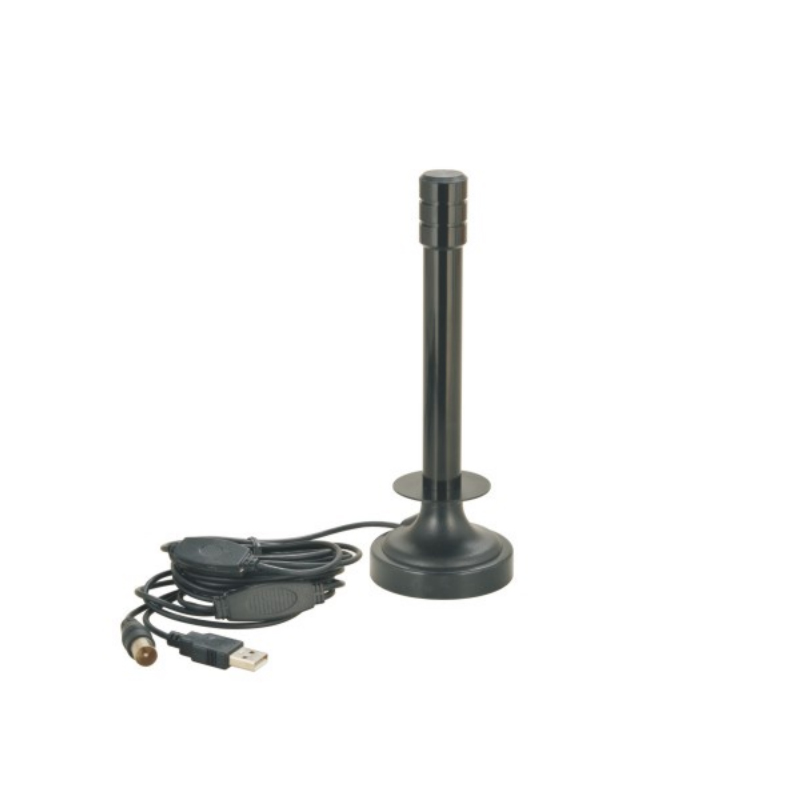
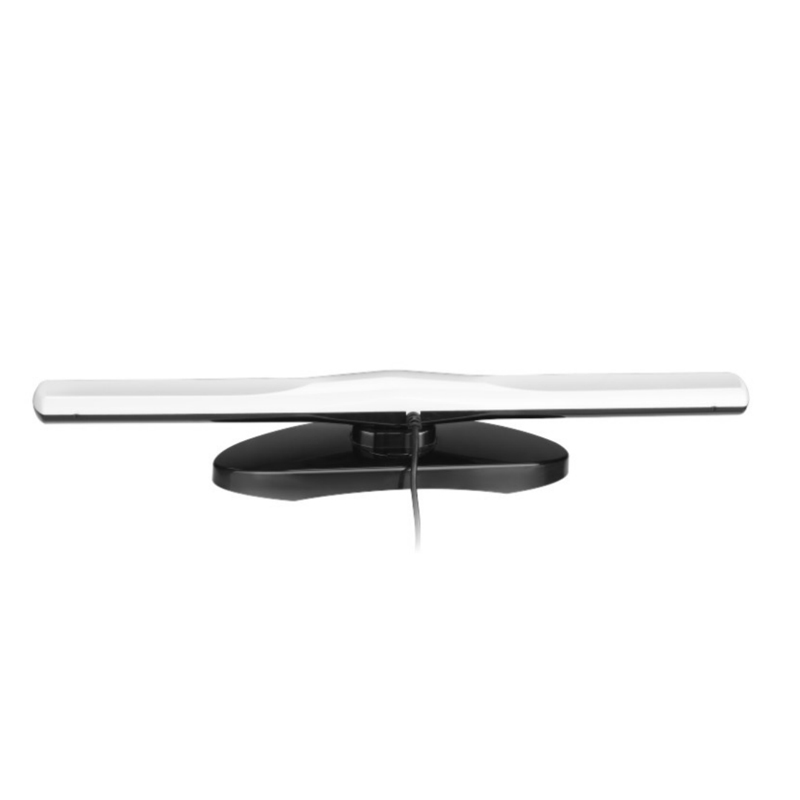
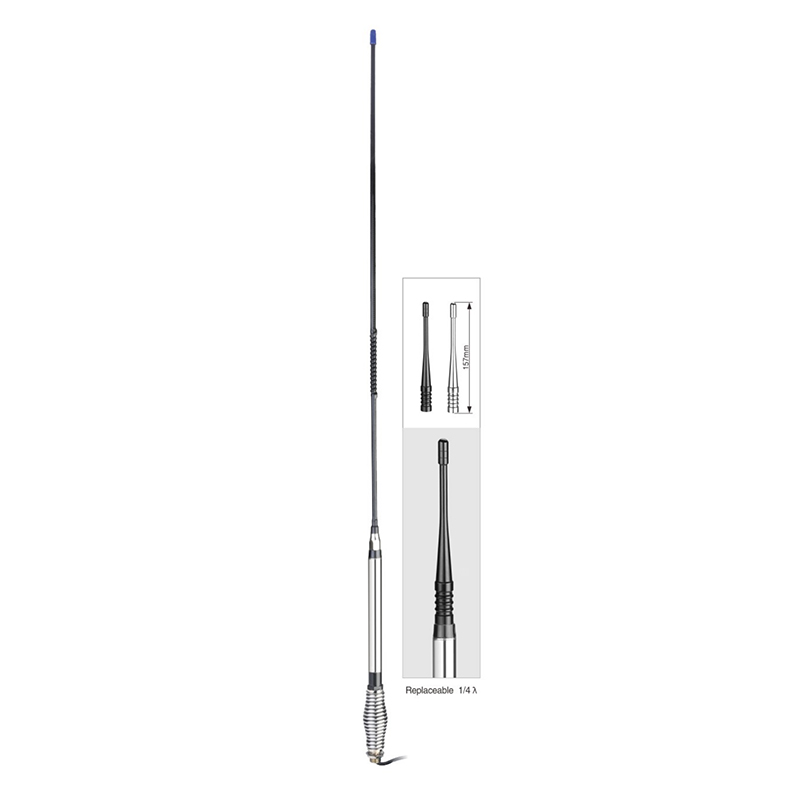

Contact Us